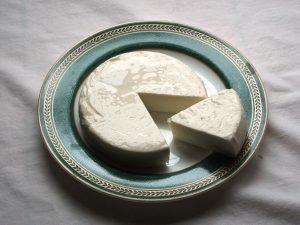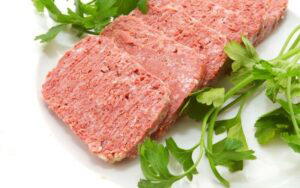
Freeze Honey: How to Store & Preserve It
I can speak to the flexibility of honey in the kitchen as someone who has been using it as a natural sweetener for ages. The

I can speak to the flexibility of honey in the kitchen as someone who has been using it as a natural sweetener for ages. The

Find out can you freeze gravy, how to freeze gravy, if you can freeze white gravy, and all about freezing, thawing, and reheating the right

Need to freeze your orange juice? We know quite a few ways to do it. This is the article for orange juice lovers everywhere! You’ve

Queso fresco has become one of my favorite cheese types after I tasted it in numerous Mexican dishes like tacos. Ever since then, homemade queso

The other day I couldn’t help myself from buying a load of fresh crabs straight from the ocean. So when I reached home, my better

If you want food items to last long, one solution is to freeze them. So, if you have plenty of smoked salmon and you want

While a part of the culinary world is obsessed with morel mushrooms, the other half have never heard of them. Just like the name, morel

Olive oil has been used by mankind for ages. For thousands of years, people have been using them for cooking and preserving food. Popular in

There’s a funny thing about eggs. I never seem to have enough when I really need them. And at other times, the pantry is overflowing

Each year, as Saint Patrick’s Day rolls around, cooking channels and social media are flooded with recipes and pictures of corned beef dishes. Chances are,